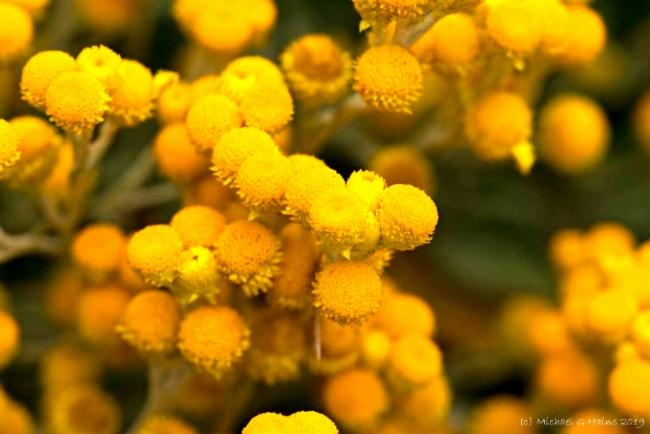Common Everlasting
(Chrysocephalum apiculatum)
Common Everlasting (Chrysocephalum apiculatum)
/
/

Michael Hains
CC BY 4.0
Image By:
Michael Hains
Recorded By:
Copyright:
CC BY 4.0
Copyright Notice:
Photo by: Michael Hains | License Type: CC BY 4.0 | License URL: http://creativecommons.org/licenses/by/4.0/ | Occurence ID: https://www.gbif.org/occurrence/2423554376 | Publisher: Atlas of Living Australia |







































































Estimated Native Range
Summary
Chrysocephalum apiculatum, commonly known as common everlasting or yellow buttons, is a perennial herb native to a variety of habitats including grasslands, open forests, and dry sclerophyll forests in southern Australia. It is a low-growing plant that typically reaches around 40 centimeters in height, with spreading horizontal stems that curve upwards. The leaves are elongated, silvery grey, and covered in fine, silky hairs, which help the plant conserve moisture. The spherical, bright yellow flower heads are about 1 centimeter in diameter and are often borne in clusters, making them quite showy. The plant blooms throughout the year, with peak flowering in spring and summer. The florets are small, and the seeds are adapted for wind dispersal. Common everlasting is valued for its drought tolerance and long-lasting flowers, which are used in both fresh and dried floral arrangements.
Common everlasting is increasingly popular in Australian cottage gardens and is also suitable for rockeries, borders, and as a ground cover. It is appreciated for its low maintenance requirements and ability to attract pollinators. This plant thrives in full sun and can handle a range of soil types, provided they are well-drained. It is salt-tolerant, making it a good choice for coastal areas. Regular pruning can rejuvenate older specimens. While it is generally pest-free, it can occasionally suffer from root rot in poorly drained soils.CC BY-SA 4.0
Common everlasting is increasingly popular in Australian cottage gardens and is also suitable for rockeries, borders, and as a ground cover. It is appreciated for its low maintenance requirements and ability to attract pollinators. This plant thrives in full sun and can handle a range of soil types, provided they are well-drained. It is salt-tolerant, making it a good choice for coastal areas. Regular pruning can rejuvenate older specimens. While it is generally pest-free, it can occasionally suffer from root rot in poorly drained soils.CC BY-SA 4.0
Plant Description
- Plant Type: Shrub
- Height: 1-1.3 feet
- Width: 1.3-1.7 feet
- Growth Rate: Moderate
- Flower Color: Yellow
- Flowering Season: Winter, Spring, Fall
- Leaf Retention: Evergreen
Growth Requirements
- Sun: Full Sun
- Water: Medium
- Drainage: Slow, Medium, Fast
Common Uses
Bee Garden, Border Plant, Butterfly Garden, Drought Tolerant, Groundcover, Low Maintenance, Potted Plant, Showy Flowers, Street Planting
Natural Habitat
Native to grasslands, open forests, and dry sclerophyll forests in southern Australia
Other Names
Common Names: Common Everlasting, Common Everlasting Flower, Yellow-Buttons, Guldhuvud,
Scientific Names: , Chrysocephalum apiculatum, Helichrysum apiculatum, Argyrocome apiculata, Gnaphalium aureum, Helichrysum apiculatum f. apiculatum, Helichrysum apiculatum var. apiculatum, Helichrysum apiculatum var. typicum, Helichrysum odorum var. arachnoideum, Helichrysum odorum var. odorum
GBIF Accepted Name: Chrysocephalum apiculatum (Labill.) Steetz